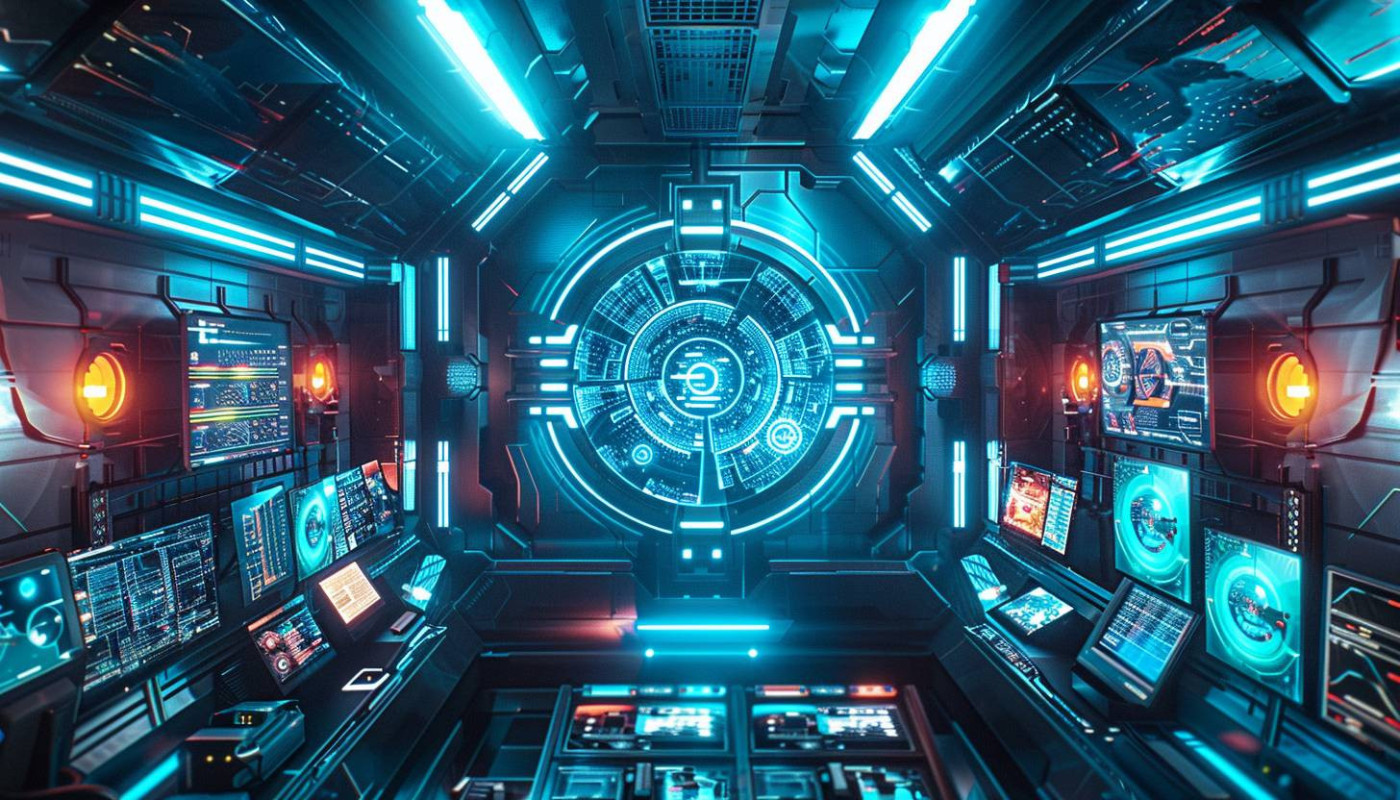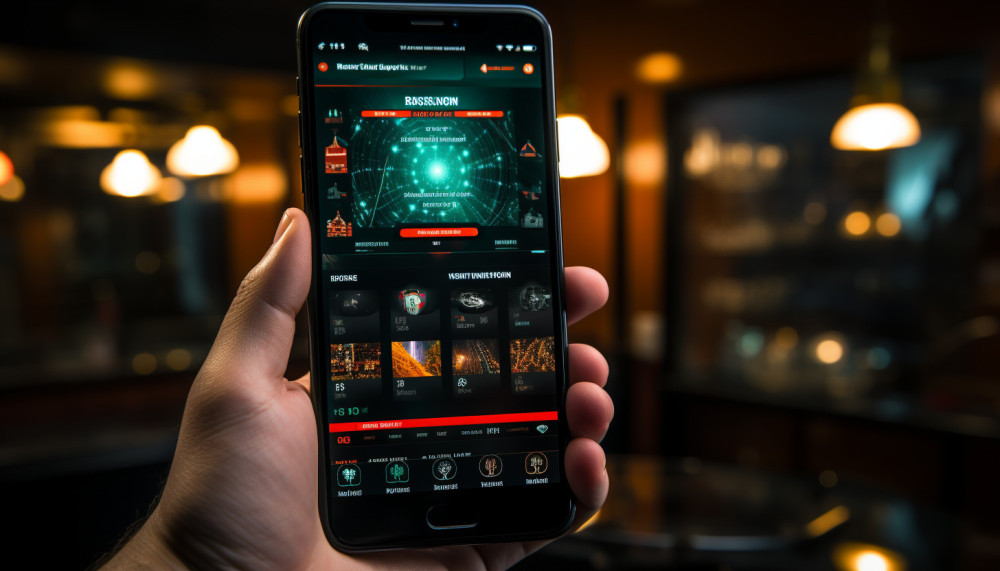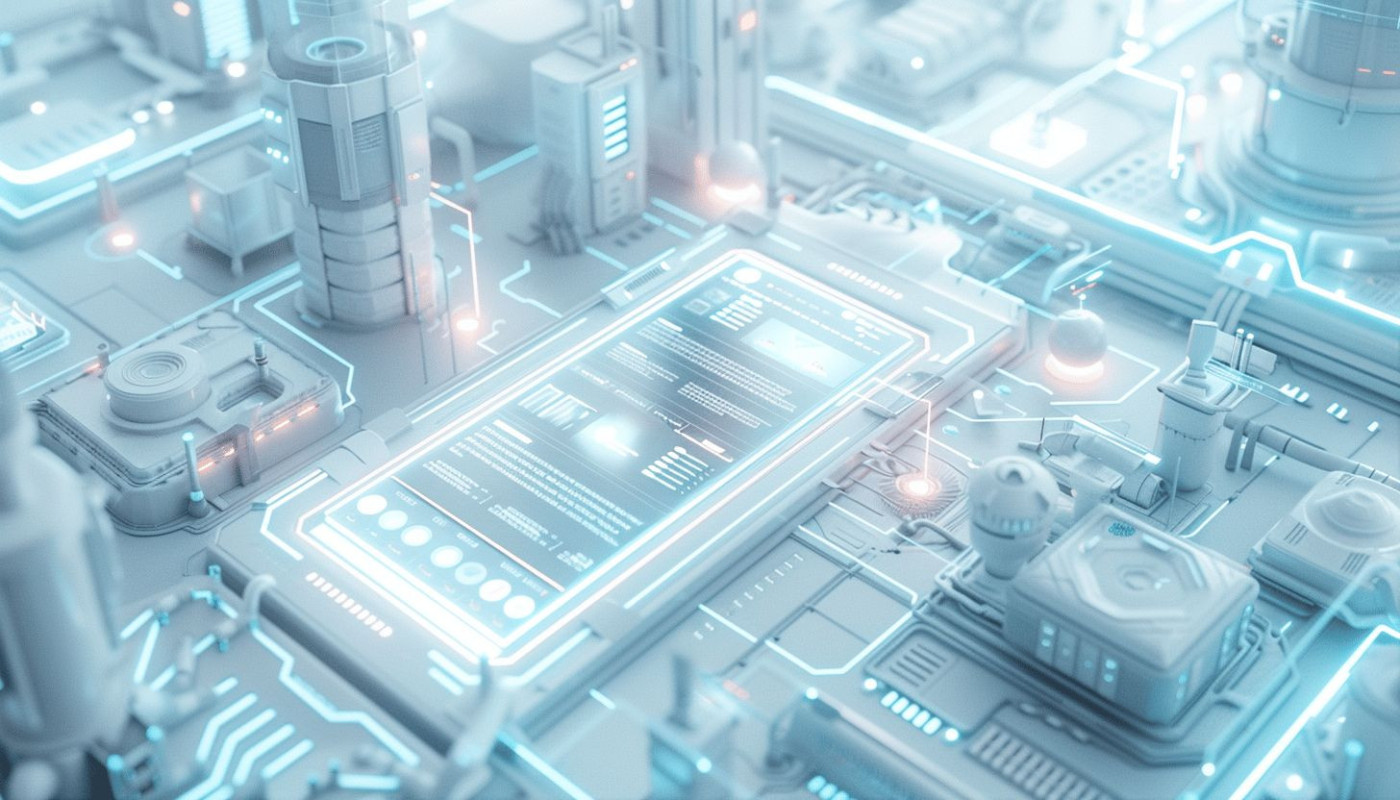Table of contents
Venturing into the digital landscape, it's impossible to ignore the dynamic nature of web design. As the new year unfolds, the trends that shape the virtual interfaces we interact with continue to evolve, offering fresh visual experiences and functionalities. This post delves into the latest trends in web design for 2023, aiming to quench your curiosity and provide insights into where the digital aesthetic is headed, arming you with the knowledge to stay at the forefront of online innovation.
The Rise of Minimalism and Clean Design
In the digital landscape of 2023, the shift towards minimalist design and clean aesthetics has become increasingly prominent. This approach prioritizes simplicity, allowing users to focus on the content without the distraction of unnecessary elements. A minimalist design often employs ample white space, fostering a sense of calm and making it easier for visitors to navigate and absorb information. By stripping away the superfluous, websites enhance user experience, guiding visitors smoothly towards their goals. This trend goes beyond mere visual appeal; it significantly contributes to website performance. With fewer elements to load, page load times hasten, reducing bounce rates and improving overall user satisfaction. Clean design is not just a stylistic choice, but a strategic one that aligns with the preferences of the contemporary web audience. By adopting a content-focused and user-centric approach, designers can craft experiences that resonate with users and stand out in a sea of digital clutter.
Engaging with Advanced Interactivity
As the digital landscape evolves, interactive web elements are becoming increasingly prominent in the realm of web design. These dynamic features serve as more than just eye-catching embellishments; they are pivotal in creating an educational interactivity experience that can instruct and direct users throughout their online journey. Interactive elements such as quizzes, polls, and interactive infographics not only entertain but also provide valuable insights and encourage active learning.
Incorporating these features requires a delicate usability balance to ensure they enhance rather than impede website navigation. Designers must carefully calibrate the level of engagement to prevent interactive components from becoming distractions. Micro-interactions, for instance, are subtle effects or animations that respond to a user's action, providing immediate feedback and a sense of direct manipulation which can significantly enhance user engagement.
When executed well, these interactive innovations can significantly boost a website’s memorability, persuading users to return. The key lies in using these interactive tools to create a cohesive and enjoyable experience that marries functionality with creativity.
Adopting Responsive Design Principles
In the dynamic landscape of web design, the importance of responsive web design cannot be overstated. With an array of devices available to consumers, from smartphones to large desktop monitors, ensuring cross-device compatibility is imperative for reaching a broader audience and elevating user satisfaction. A website that adapts to the screen it's viewed on provides a more accessible and intuitive experience, thereby reducing bounce rates and increasing the time users spend interacting with the content.
Aside from user engagement, responsive design plays a significant role in search engine ranking. Search engines, like Google, prioritize mobile-friendly websites in their ranking algorithms, making responsive design a key component in SEO strategies. Moreover, the implementation of fluid layouts and adaptable content ensures that all users, regardless of their device's screen size or resolution, are provided with an optimal viewing experience. This adaptability is often achieved through the use of media queries, a technical tool that allows designers to create a single website that responds to various device environments.
For web designers aiming to stay at the forefront of industry standards, the integration of responsive design is not just a trend, but a professional standard. By prioritizing this approach, designers champion inclusivity and functionality, setting the stage for enhanced user experiences and digital success.
Utilizing Bold Typography and Creative Fonts
The landscape of web design in 2023 sees bold typography and creative fonts taking center stage, serving as powerful tools for brands to establish a unique voice and instantly grab the user's attention. The strategic choice of typography plays a pivotal role in shaping brand perception, as different fonts can evoke varied emotional responses and set the overall mood for the user experience. From the elegance of serif fonts to the modernity of sans-serifs, each style communicates distinct brand attributes and values.
Aside from brand expression, typography is instrumental in creating visual hierarchies on a webpage. By manipulating font size, weight, and style, designers can guide users through the content, emphasizing significant elements and facilitating an intuitive navigation experience. Bold and oversized headers contrasted with subdued body text, for example, naturally draw the eye to crucial messages and calls to action.
While experimenting with bold typography and creative fonts can certainly enhance a website's aesthetic and brand alignment, it is vital to balance artistic expression with practicality. Clarity and readability should never be compromised, as the primary purpose of text on a web page is to be understood. Designers are encouraged to partake in 'typographic pairing,' the art of matching complementary fonts, to ensure that the overall design remains cohesive and accessible. This technique not only elevates the visual appeal but also supports the functional aspect of the text, ensuring that users can absorb information with ease.
Incorporating Dark Mode Interfaces
As web design continues to evolve, one trend gaining momentum is the integration of dark mode. This color scheme offers a visually striking alternative to the traditional bright backgrounds and can be a key feature to enhance the browsing experience. Users are increasingly drawn to dark mode design due to its eye strain reduction benefits, especially in low-light environments. It's not just about aesthetics; there's a practical aspect to this preference as well. Dark mode is known for its battery efficiency, allowing users to conserve power on their devices, which is especially beneficial for mobile browsing.
Adding a dark mode option to a website can significantly increase engagement, as users are likely to spend more time on platforms that offer this comfortable viewing option. Moreover, this feature contributes to user personalization, as it empowers visitors to tailor their interface according to their needs and preferences. Implementing an effective dark mode requires careful consideration of the overall color scheme to ensure readability and visual comfort. By presenting a dark mode feature, web designers can help a website stand out from the competition, offering a unique user interface that caters to individual preferences.
Understanding the technicalities of implementing such features can be complex, and for those seeking professional guidance, consulting a specialized seo agency dubai might be a beneficial step. These experts can assist in optimizing a website's design and functionality, ensuring a seamless and engaging user experience.
Similar




